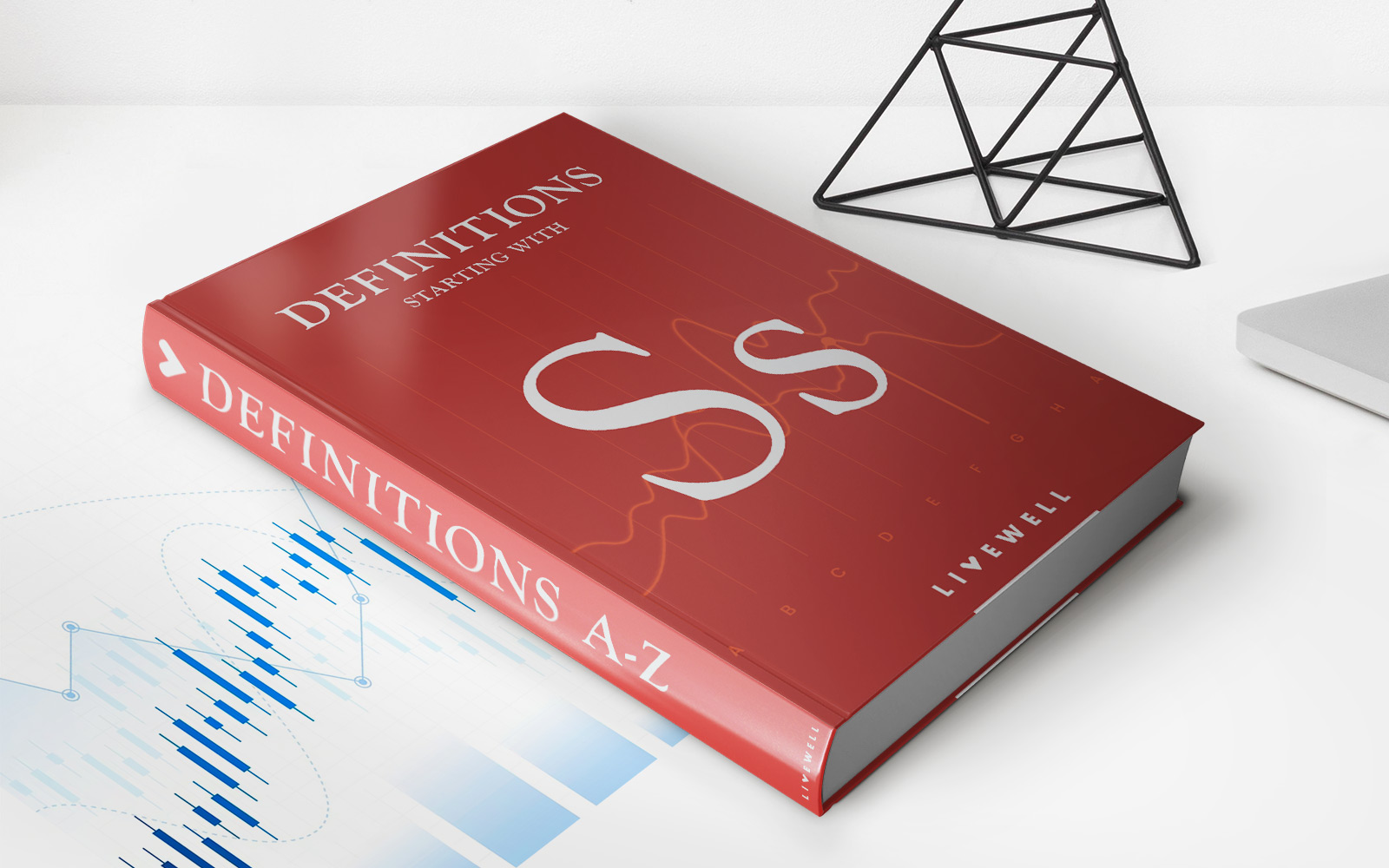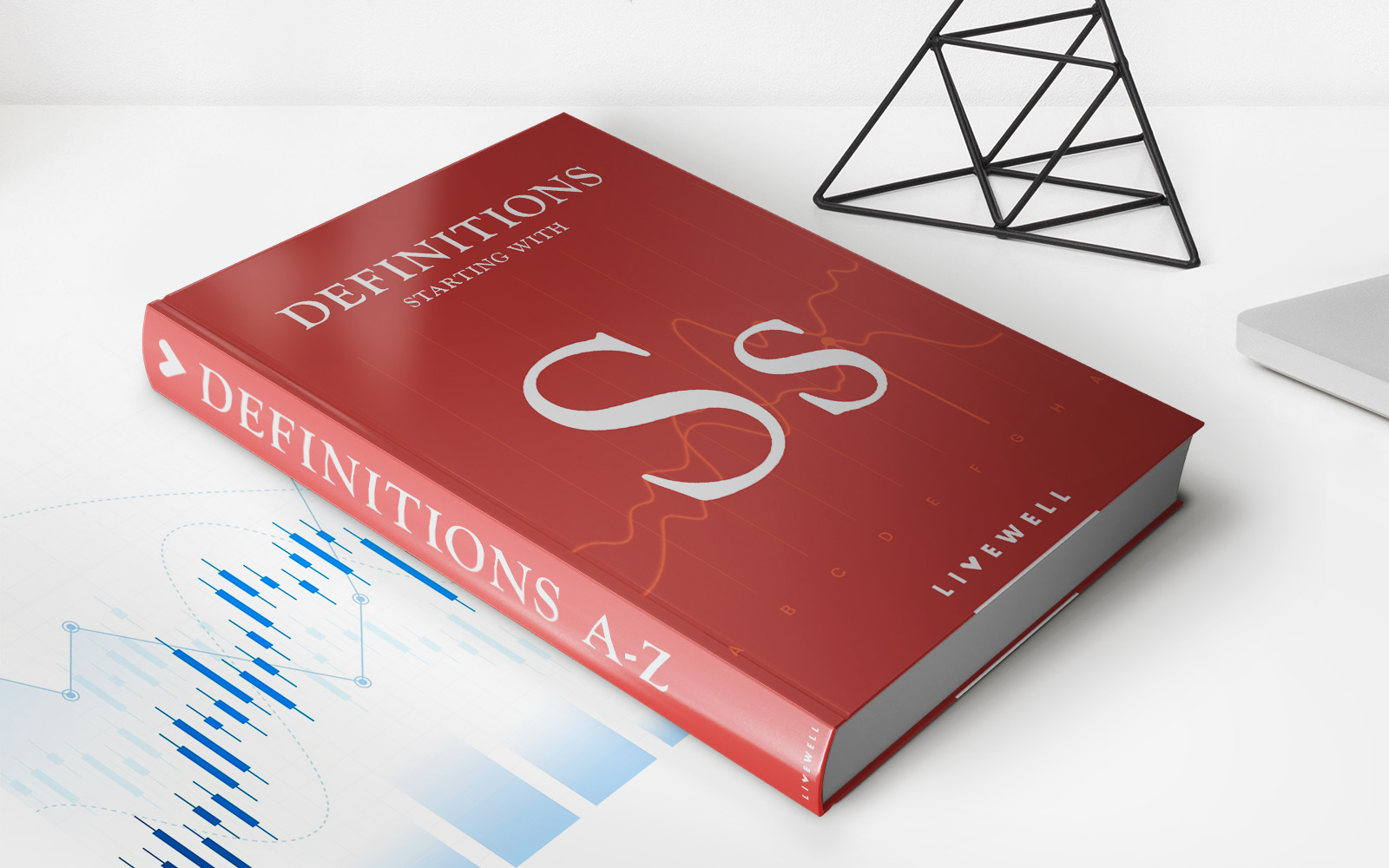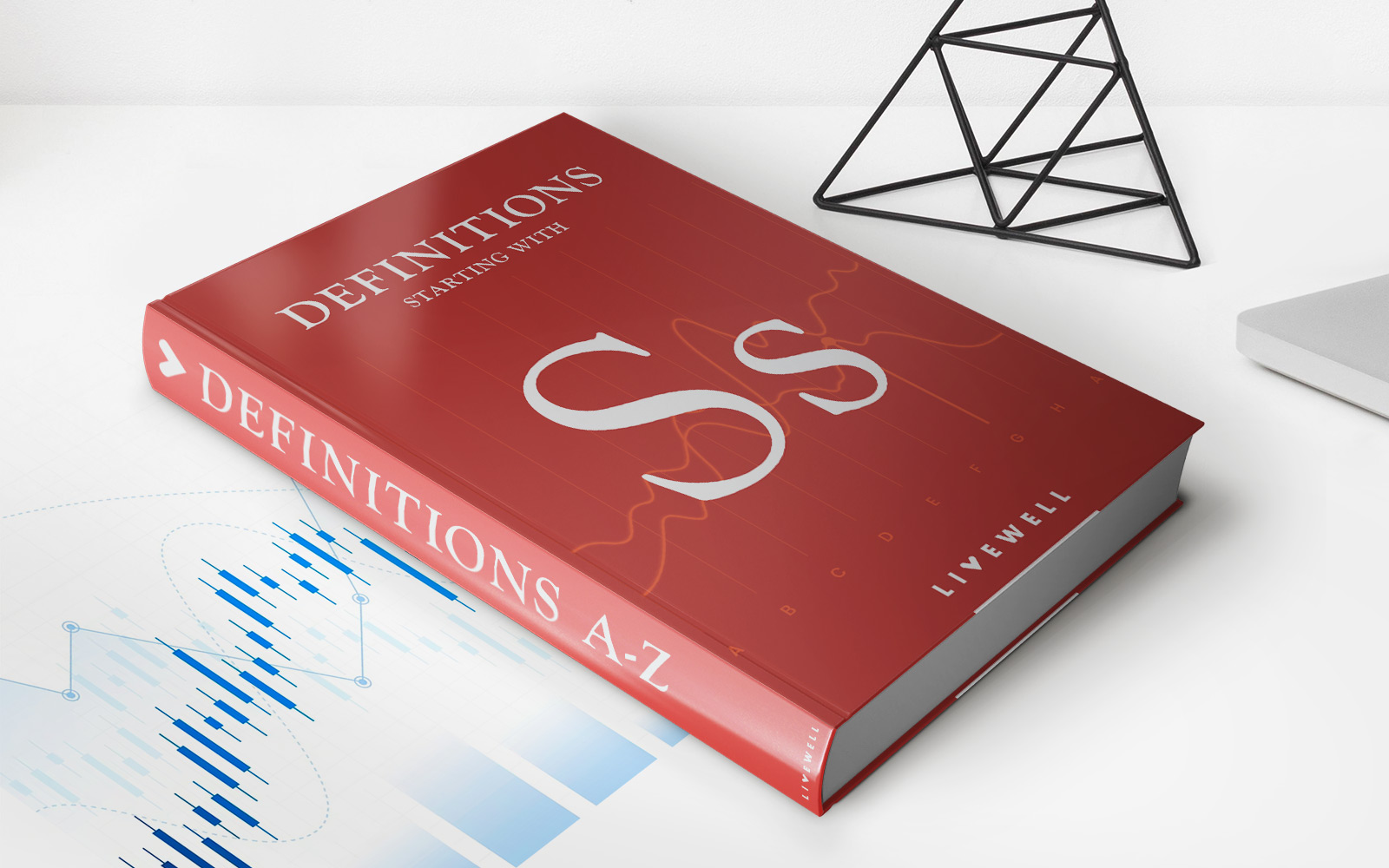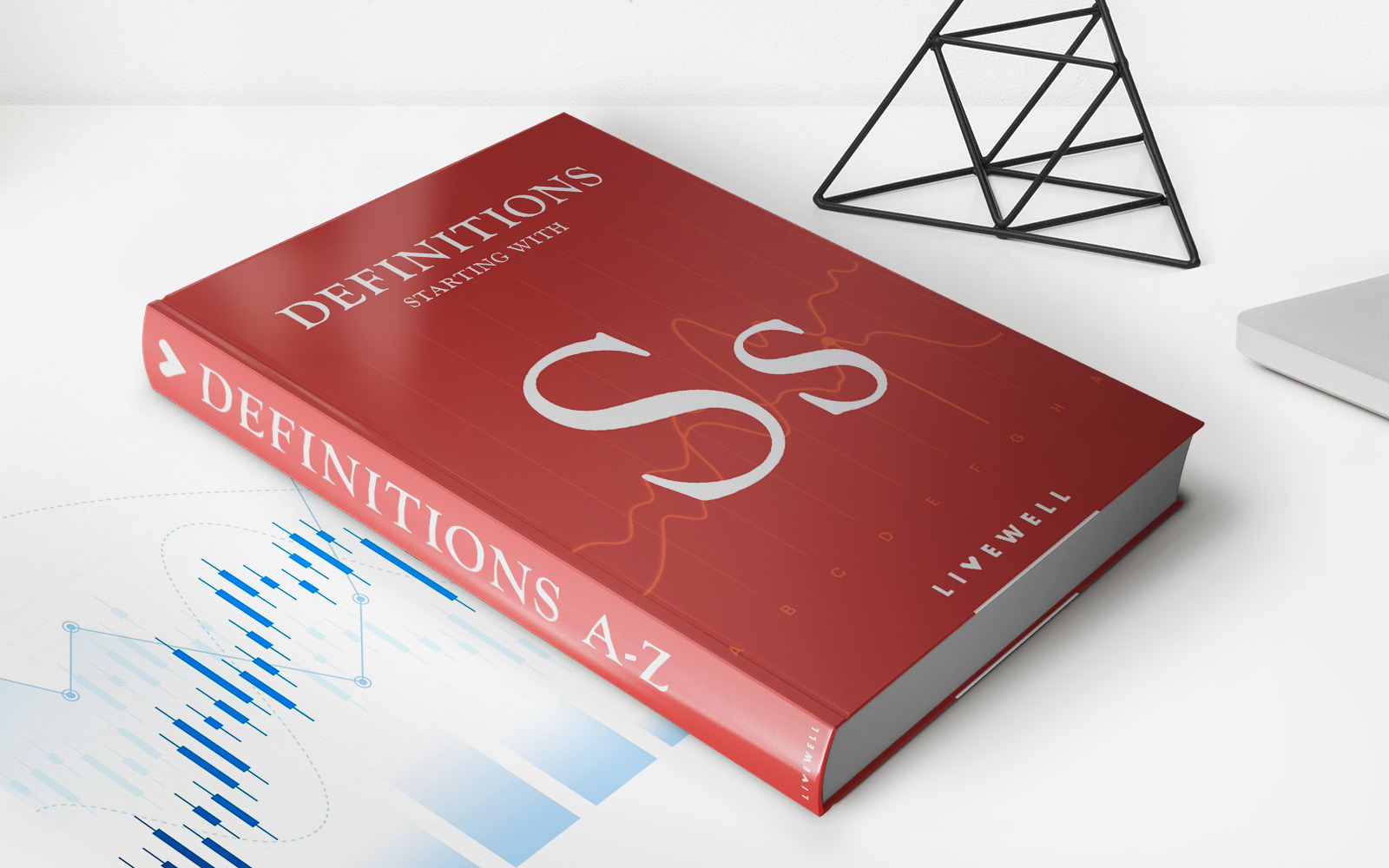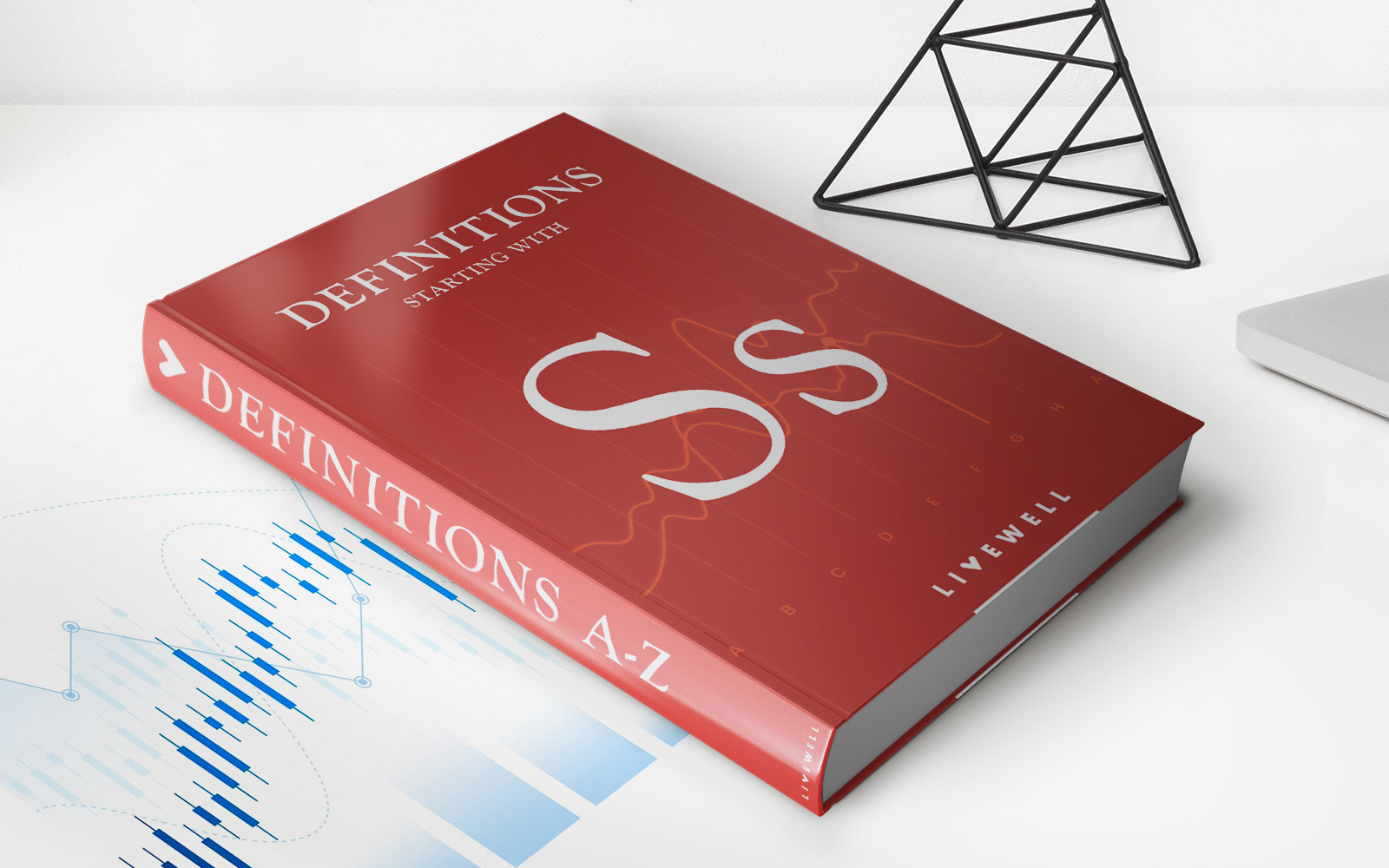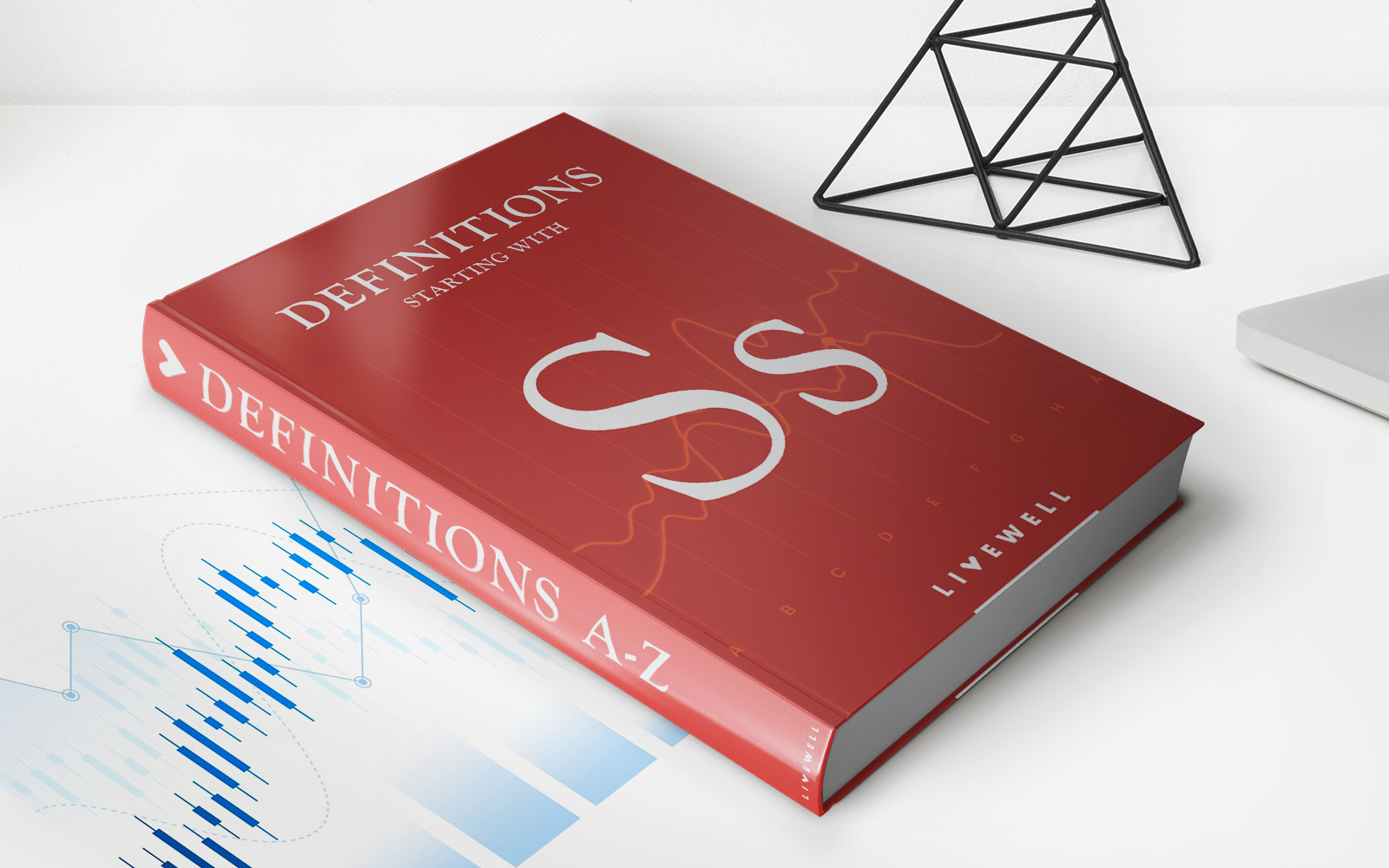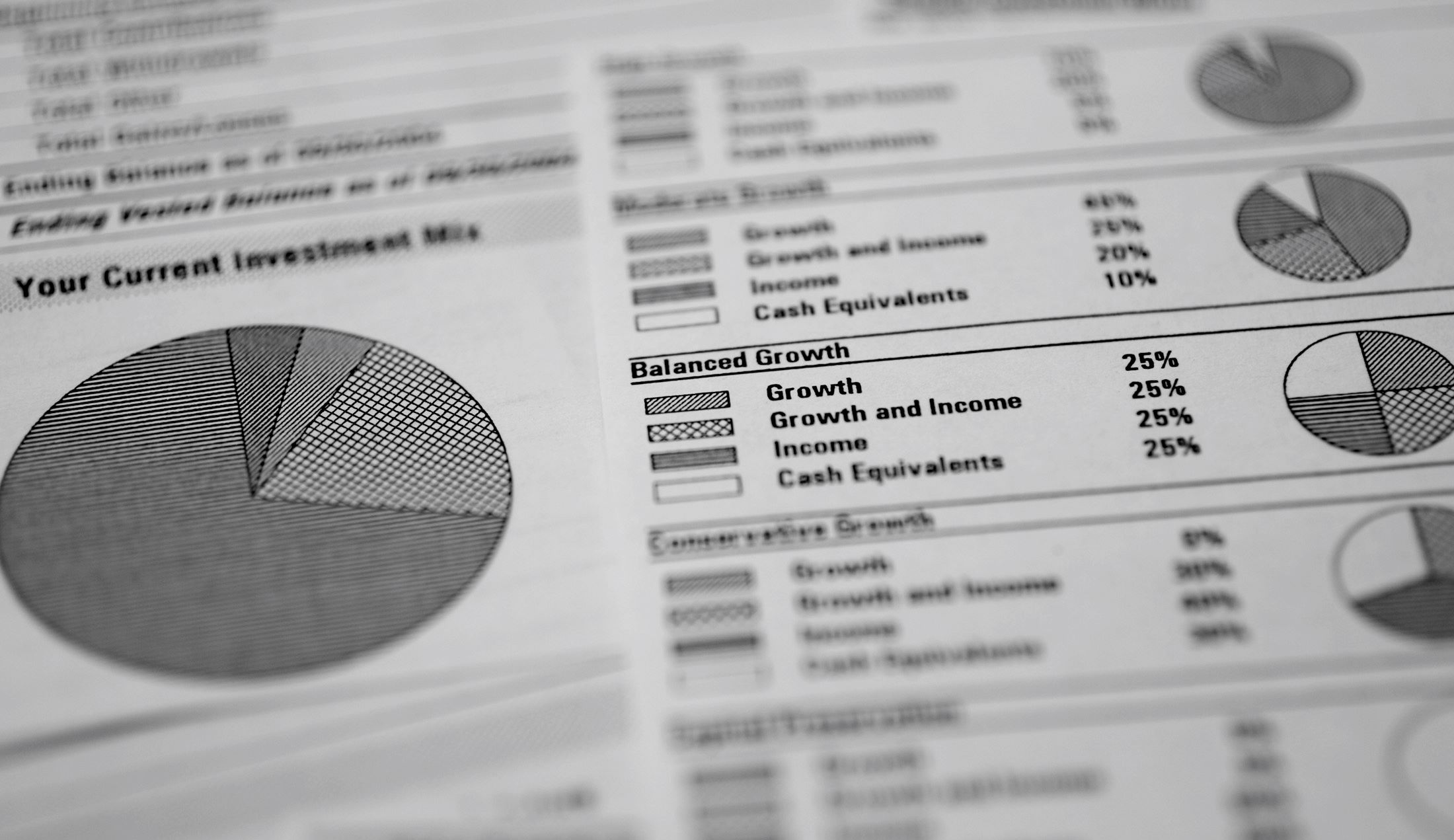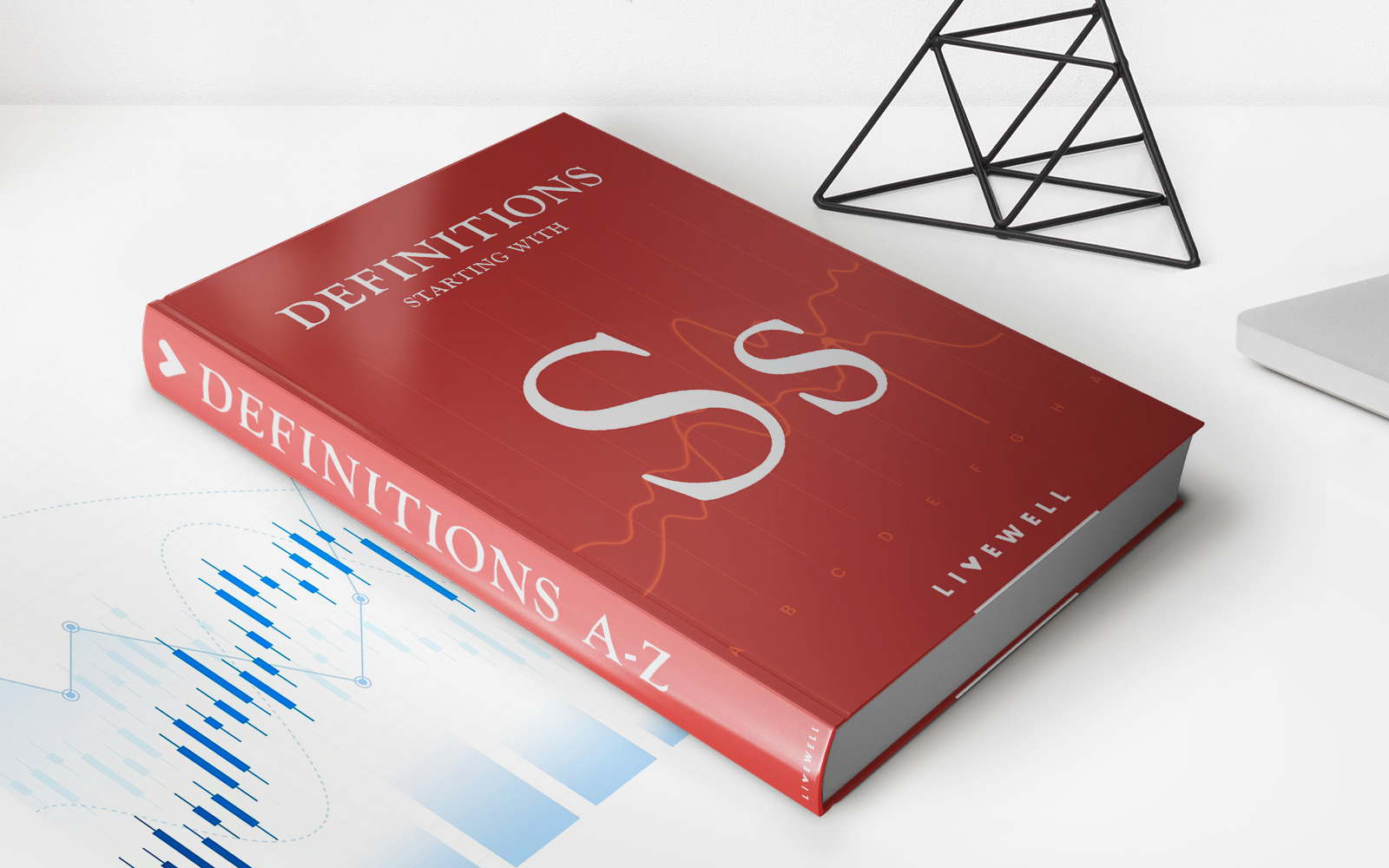Home>Finance>What Is A Mint? Definition, U.S. Mint History And Statistics
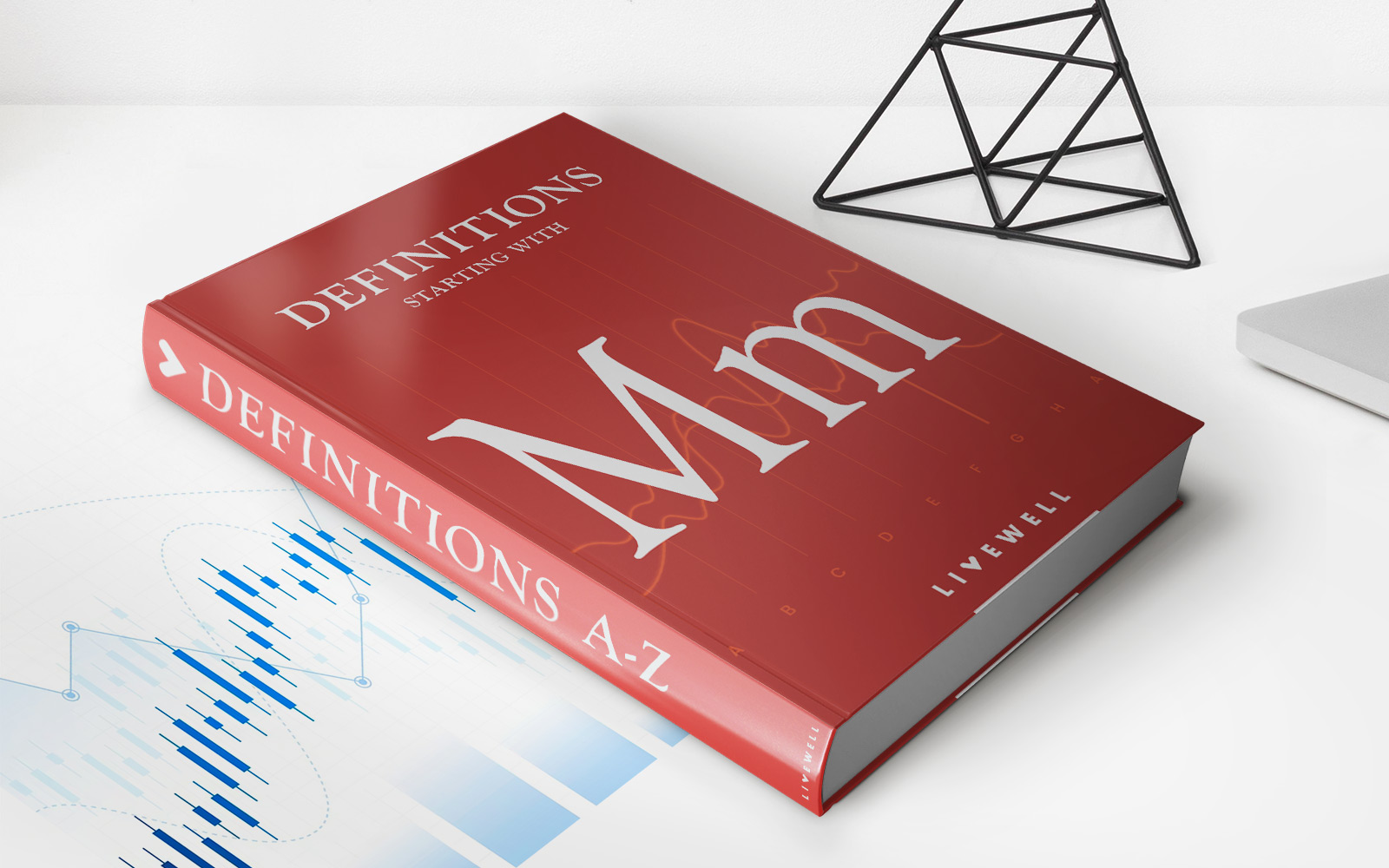

Finance
What Is A Mint? Definition, U.S. Mint History And Statistics
Published: December 25, 2023
Discover the meaning of a mint, explore the history of the U.S. Mint, and find fascinating finance statistics in this comprehensive guide.
(Many of the links in this article redirect to a specific reviewed product. Your purchase of these products through affiliate links helps to generate commission for LiveWell, at no extra cost. Learn more)
What Is a Mint? Definition, U.S. Mint History and Statistics
Welcome to our Finance category, where we provide valuable information on various financial topics. In this blog post, we will take a closer look at the concept of a mint, its definition, the history of the U.S Mint, and some intriguing statistics about it. So, grab a cup of coffee and let’s dive right in!
Key Takeaways:
- A mint is a facility where coins are produced under the authority of the government.
- The U.S. Mint is responsible for manufacturing coins, medals, and other numismatic products for use in the nation’s economy.
The Definition of a Mint
At its core, a mint is a specialized facility that produces coins under the authority and regulation of a government. It is where the coins we use in our daily lives are manufactured, ensuring that the currency supply remains steady and reliable. Mints play a vital role in maintaining the economy, as they are responsible for creating the physical representation of a nation’s monetary value.
The History of the U.S. Mint
The United States Mint, often referred to as the U.S. Mint, holds a rich history that dates back to 1792 when it was established by the Coinage Act. This act was signed into law by President George Washington with the purpose of creating a national mint to produce the coins needed for commerce. The first U.S. Mint building was constructed in Philadelphia, which served as the nation’s capital at the time.
Over the years, the U.S. Mint expanded its operations and opened additional facilities in different cities, such as Denver and San Francisco. Each location plays a crucial role in the production of coins, with the Philadelphia Mint being the main hub for coin manufacturing.
Statistics About the U.S. Mint
Now, let’s take a look at some fascinating statistics about the U.S. Mint:
- Annually, the U.S. Mint produces billions of coins to meet the nation’s demand for currency.
- In addition to coins, the U.S. Mint also designs and manufactures commemorative medals, congressional gold medals, and other numismatic products.
- The physical security at U.S. Mint facilities is top-notch, ensuring the protection of valuable assets and preventing counterfeiting.
- The U.S. Mint has a rich coinage history and is known for producing iconic coins like the Buffalo Nickel, Morgan Silver Dollar, and the recent America the Beautiful Quarters.
- As of (current year), the U.S. Mint operates six facilities across the country, each with its specific role and responsibility.
So there you have it – a brief overview of what a mint is, the history of the U.S. Mint, and some intriguing statistics about it. The U.S. Mint continues to play a significant role in our everyday lives, ensuring that we have a stable and reliable currency system. Next time you hold a coin in your hand, take a moment to appreciate the craftsmanship and the rich history it represents.
Thank you for joining us on this journey through the world of finance. Feel free to explore our other articles in the Finance category for more insightful information on various financial topics.

